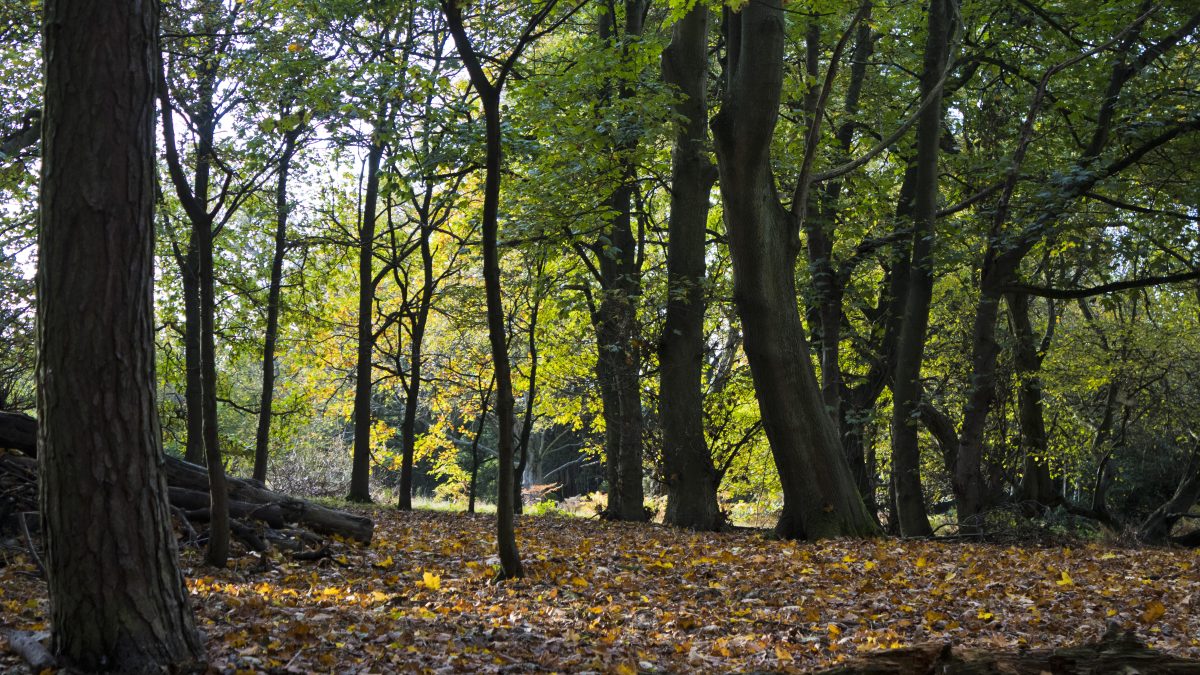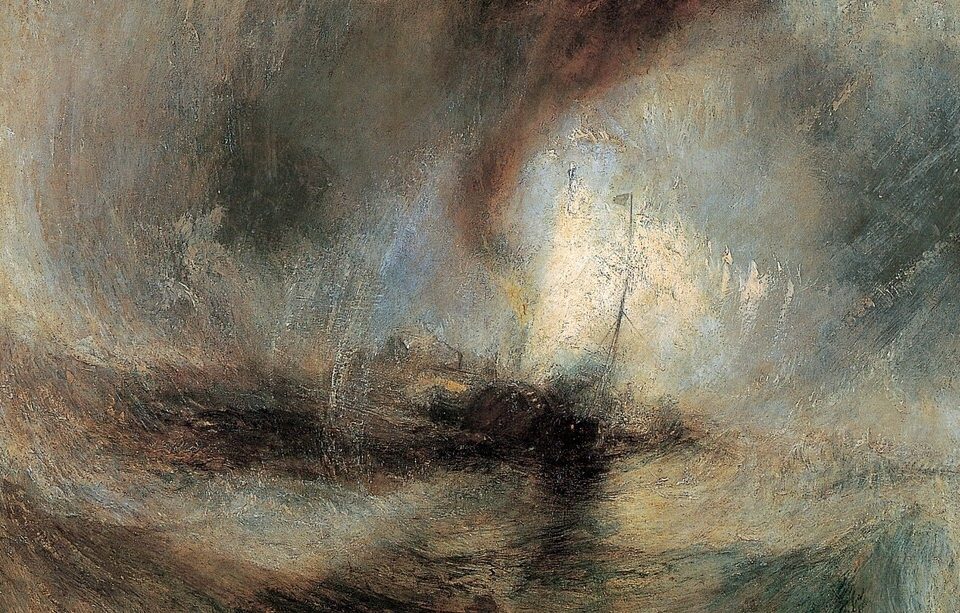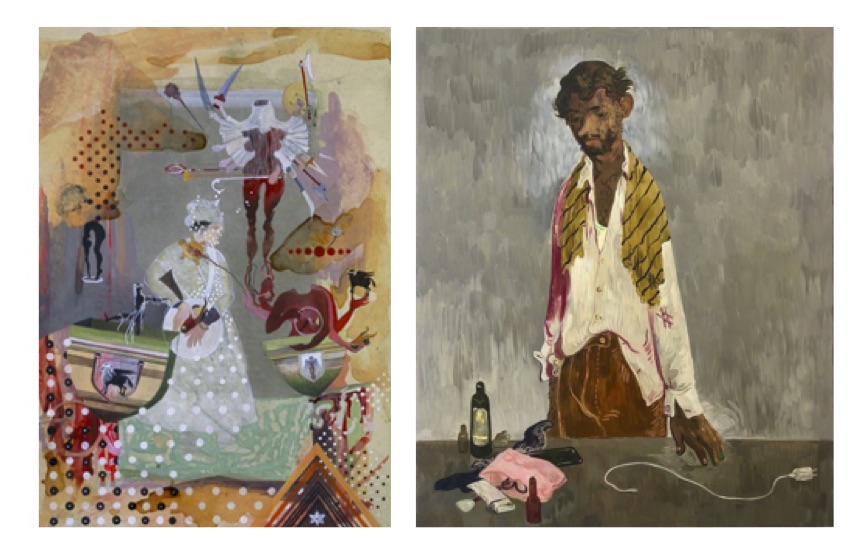On June 19, we published photographs from Memory Trace, which is part of Fazal Sheikh’s magnificent Erasure Trilogy about the attempted erasure of Palestinian history and life after the Nakba. We said we would publish reflections about photographs from the trilogy that were first shared at Storefront for Art and Architecture in 2016, where Fazal’s photographs were on display at Storefront’s gallery space. At this inspiring gathering, scholars and artists, Emmet Gowin, Amira Hass, Rashid Khalidi, Rosalind Morris, Shela Sheikh, Michael Wood and Sadia Abbas were each asked to speak about an image from the trilogy. Some spoke extemporaneously and some—like Rosalind, Shela, and Sadia — read from texts we had written. Rosalind chose an image from Desert Bloom and Shela from Independence/Nakba. We reached out to Rosalind and Shela to ask them if they would share their wonderful meditations with our readers, and they generously agreed. On June 25, we published Rosalind Morris’s reflection; this was followed by Shela Sheikh’s meditation on August 8. Below is the final piece in the series.
Rubble in the Glade
In 2016, I was invited by Fazal Sheikh, Eduardo Cadava and the Storefront Museum to participate in an event responding to Fazal’s work. I had been asked to respond to one of the images without any specific directive– from where I stood, so to speak. So I took the license afforded by the invitation and let myself be led by the image. I chose to speak about a photograph of trees in a park. What follows is a hybrid text, comprised of what I wrote then with insertions I added later. At the event, the Palestinian historian, Rashid Khalidi, spoke about the photograph of a partially deserted village, Lifta, for which image Fazal had provided the following stringent and scrupulous coordinates: LIFTA – JERUSALEM DISTRICT 31°47‚46”N / 35°11‚46”E. The Israeli journalist, Amira Hass, who has been very critical of the Israeli state, followed with remarks about a photograph of a ruined abandoned house for which Fazal gave the following coordinates: “Beit JIBRĪN – HEBRON DISTRICT 31°36‚ 27”N / 34°53‚44”E. I remember Hass’s and Khalidi’s reflections as a tormenting dialogue, in which a certain incommensurability of human pain and dispossession was laid bare. Extraordinarily charged by the event, I came home and remembered that conversation and wrote the poem “Vacant” that comes after the short essay below. What follows, then, is as much a meditation on an image as it is a meditation on the afterlife of words and speech and the ways in which our preoccupations shape what we see, which is why I have now added bits about what I have taught or written or am writing as markers of those preoccupations and their relation to what I said that day. Finally, what stayed with me beyond that event, more, in fact, than that image, was what said about the photographs by the participants and, most of all the evidence of the ongoing struggle, the living Palestinian resistance to a continuing attempt at erasure. All three photographs discussed here, and the text accompanying them, can be seen in “Memory Trace—Fazal Sheikh,” which we published on June 19. It is to mark the growing distance of this text from those images that we have not republished them here and why we have chosen an anonymous banner image for this piece. For the image at the top suggests the way in which the beauty of nature can also be uncommunicative and, thus, politically banal because so completely opaque.
*********************
Variation on an initial reflection:
I didn’t understand why I was so drawn to the photograph of trees in a park. It is a beautiful image with a lovely play of light filtered through leaves. Fazal’s characteristically precise description tells us it was once the village Al-Qabu – Jerusalem District 31°43‚40”N / 35°7‚11”E which had a population of 302 and 48 houses, and which now has the “official Israeli name “Qurbat Hovi (lit., “Qovi Ruin.”)” The site has been turned into the JNF Begin park throughout which the rubble of the destroyed houses is scattered. But the image itself, viewed without the text, tells us none of this.
The photograph seemed anomalous—the trees and light are beautiful, indeed pastoral, the rubble is scattered and given its scale not terribly obtrusive. Within the context of the series, the image seemed particularly opaque. I wondered if I were merely drawn to it because it was more palatable, because it was, in its evocation of nature and the picturesque, somehow easier to look at, if not necessarily to see. Fazal’s craft—his extraordinary handling of light, the wonderful dapple of the trees, the inviting depth–seemed a form of irony, and, through its play with time and light and shade, made photography’s ability to deceive evident, reminded us that the lens was as capable of concealment as revelation. The scene, so well framed and created by Fazal’s lens, turns light into a commentary on the violent erasure perpetrated by time, revealing the cover for pain and destruction that can be hidden within beauty.
I realized that the photograph was inviting me to think about a lifelong preoccupation that has everything to do with the constitutive role of the English poetic tradition in my formation (that of a colonial from Pakistan)—I kept thinking about bowers and glades in English poetry—utopian, Edenic, places of shelter and shade, of dappled light and a comfort afforded by nature. I was long obsessed with the significance of the bower in Milton’s Paradise Lost, which then leant itself to an interest in Wordsworth’s “Nutting” and its redoing of the story of the fall. These preoccupations had already made themselves into a prose poem in the novel manuscript which I was working on at the time of the event at Storefront, and which would be published two years later as The Empty Room. However, in this context the word “glade” seemed more precise and so I found myself reaching for the Irish Yeats’ “The Lake Isle of Innisfree:”
I will arise and go now, and go to Innisfree,
And a small cabin build there, of clay and wattles made:
Nine bean-rows will I have there, a hive for the honey-bee;
And live alone in the bee-loud glade.
And I shall have some peace there, for peace comes dropping
Slow
And I realized that it was the terrible and painful irony of this rubble in this glade that drew me to the photograph. The photograph’s fleeting capture of light on paper, dappled in dance with trees and leaves and shade is a testament to the absence of shelter and peace in this shade, and I found myself thinking by contrast of the murderous heat and light of the sun in Ghassan Kanafani’s “Men in the Sun,” and of the quest for peace rendered in concentrated and paradoxical images of beauty in Adania Shibli’s “Touch,” stories about the absence of peace and shade for the stateless, for the refugee.
The image is also a reminder of the weaponization of nature in late modernity. Along with this image I think of Fazal’s aerial photographs and their grim addition of meaning to the phrase “making the desert bloom” and I thought also of the assault on nature itself in the uprooting of some olive trees while at the same time planting an olive tree is transformed into an eager goal for American children collecting money for Israel. The olive tree is both targeted for destruction and made into an agent of eradication. This park on these ruins made me think, moreover, of the complex history of American parks and of the evacuation of black people from public space. At the same time, I thought of the history of enclosure, which led Andrew Marvell to write the Mower poems, themselves produced out of the assault on and management of nature in modernity.
And within the vein of this historical trajectory I found myself thinking of the haunting image of the abandoned house (chosen by Amira Hass) and the forlorn trees next to it, emblems of the lives removed and forced away from that house and that little bit of land, reminding me of other abandoned or reconstituted spaces and their relation to colonialism, imperial dissolution and emergent nationalisms: a Lahore empty of Sikhs, abandoned “Greek” Christian houses in Cunda, in Asia Minor, now Turkey, the ruined village of Klapados on the island of Lesvos. About the way in which the phrase attributed to Lord Curzon, “unmixing” of populations, probably inspired by the thinking behind the Partition of Bengal, was deployed in the context of the population exchange between Greece and Turkey in the early twentieth century, which would become one of the precursors for arguments defending the Partition of India and the creation of Pakistan, which, in turn, as Faisal Devji has shown in his brilliant book on Pakistan, Muslim Zion, was a precedent cited in defense of the Zionist state.
The rubble in this park, like the house forcibly evacuated, is an effect of the emphasis on “unmixing,” segregation, apartheid, racialization that are so fundamental to colonial modernity and that, first practiced in the colonies, were then applied to Europe’s own populations during the Holocaust—here I also think of Edward Said’s powerful meditations on Jean Mohr’s haunting photographs in After the Last Sky. My emphasis on the term modernity here is in no way intended to downplay the violence of Ottoman imperial rule (especially given what is being done to Greece today by the European Union-Imperium) but instead to remember the way in which indigenous forms of older social organization have been under increasing attack for hundreds of years, aided by the globalizing logic of settler colonialism—and so we see the assault on the Bedouins in the Negev in the Desert Bloom photographs.
To return then to the image of the park: the site’s “ancient” title, the text tells us, is Hurbat Qovi (Qovi ruin) reminding us of the modern world’s oscillation between monumentalization and erasure, revivalism and eradication, the erasure of history in the name of History, of which the nation-state is a particular and brutal instantiation. Another instantiation is to be found in the curation and discourse of the ruin, of the picturesque element in ruin gazing which is put to use in the service of an entire epistemological structure of difference and superiority. I am thinking, of course, of Greco-Roman ruins ( I have been writing a book about the relation between ruins and monuments and racializing national discourses for half a decade now).
To conclude: In his poem Station Island, Seamus Heaney, poet of another Partition, wrote a line of accusation addressed to the aestheticizing poet and artist: “You confused evasion and artistic tact.” (This line also became one of the epigraphs in The Empty Room). What is remarkable to me about the photographs in this series is that they are not evasive and yet preserve an artistic tact, which is to say, among other things, that they preserve the dignity of those who have suffered, do not succumb to a pornography of pain, as they work complexly together in an aesthetics of witness, or justice, which latter is the term I prefer. Moreover, in this image, the subtle destabilization of a picturesque aesthetics of evasion, a destabilization facilitated by the photograph’s place in this series and by the powerful interplay of language, narrative, and image, leads me to the question: how do we think about, what do we do with, how do we see, this atrocity, this pain, this rubble in this glade?
*********************
The poem I wrote that night, after I came home. I publish it here with thanks to Rashid Khalidi and Amira Hass.
Vacant
“This is my home,” she said
of the abandoned house
pinned into place by the two trees
and a scraggy bush—forlorn only to the eye
that saw who had left—and how.
“You cannot see its beauty,
I wish you could when colour
and bloom brighten that field.
Our children play among the flowers
you cannot see in this frame.”
“Is a house abandoned if its
inhabitants are made to leave?” she asked.
“How can you not move into
an abandoned house?” they said.
The house’s silence was its vacancy, she learned.
So she said of the picture behind her:
“This is my home.”
A man said: “I was born there.”
The house did not say:
“what matters is where you can die.”
Sadia Abbas is associate professor of postcolonial studies at Rutgers University-Newark. She is the author of At Freedom’s Limit: Islam and the Postcolonial Predicament, winner of the MLA first book award, and the novel The Empty Room, shortlisted for the DSC prize for South Asian Literature, which tells the story of a woman painter in 70s Pakistan and co-editor (with Jan Howard of the RISD museum) of Extraordinary Realities, a volume on Shahzia Sikander’s art She has written numerous essays on subjects including Jesuit poetics and Catholic martyrdom in Early Modern English poetry, neoliberalism and the Greek debt crisis, Pakistani art, the uses of Reformation in contemporary Muslim thought, and Jewish converts to Islam and treatments of subjectivity in contemporary theorizations of Muslim female agency. She has also written essays and opinion pieces for Dawn and Daily Times (the Pakistani dailies), Naya Daur, OpenDemocracy, CommonDreams and TANK magazine. She is currently completing, Space in Another Time: An Essay on Ruins, Monuments and the Management of Modern Life about the connected afterlives of ruins and onuments in India, Greece and the New World and their role in the production and control of racial, religious and ethnic identities. At Rutgers-Newark she also directs the multi-media and multi-disciplinary series, “Postcolonial Questions and Performances.”




